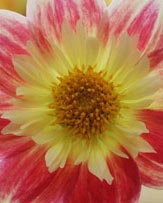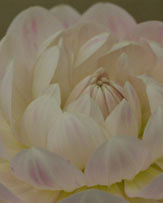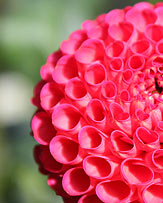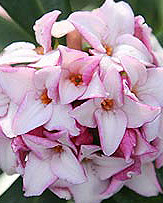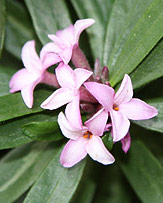Cordylines
Cordylines such as Cordyline australis are used as a foliage plant in the UK. With attractive arching foliage ranging in colour from green (the species C.australis) through to red and deep purple in cultivars such as the popular C.australis 'Red Star'.
Originally from New Zealand and Australia these plants work well in the garden with phormiuns, cannas hemerocallis and (daylilys) and in the right position a wonderful 'Mediterranean' look can be achieved.
In containers young plants can look fantastic and as they are drought tolerant are well suited to container growing, a single plant in a container makes a dramatic statement.
One of the best known cultivars is the attractive variegated (green and cream) 'Torbay Dazzler'. C.australis 'Sundance' with its red foliage is another popular plant.
Although cordylines will eventually form a woody stem and are grown in gardens to help create a tropical look they also look great as young plants and are used in massed displays as bedding plants.
Flowering is in summer, small white flowers on a large flower spike followed by purple berries, however it is the foliage that takes on that wonderful architectural shape that these plants are grown for.
Cordyline Hardiness
In a sunny position with protection from cold winds and frosts cordylines will survive especially in milder southern areas. The older the plant the hardier it becomes. Many gardeners try to provide some protection in winter by fleecing the trunk and mulching to prevent ground temperatures dropping.
A well drained position is essential as cordylines do not like 'wet feet'.
General Care
A tidy up by removing old dead foliage will improve appearance. Suckers can be removed in early summer. Cordylines are relatively pest and disease free, overwatering seems to be the biggest issue.
Other Cordylines
With wonderful foliage and a great compact growing habit Cordyline Terminalis is a real star. Unfortunatly growing these outdoors in the UK is just about impossible, the frost and cold just kill them. You could try them in the sunniest of positions and fleece them over winter, but really best indoors, or in a conservatory.
Cordyline indivisa is another species, difficult to get going, but they will survive if you can get them to around 1m and have a well drained, sunny, frost free position.
You may also be interested in :
